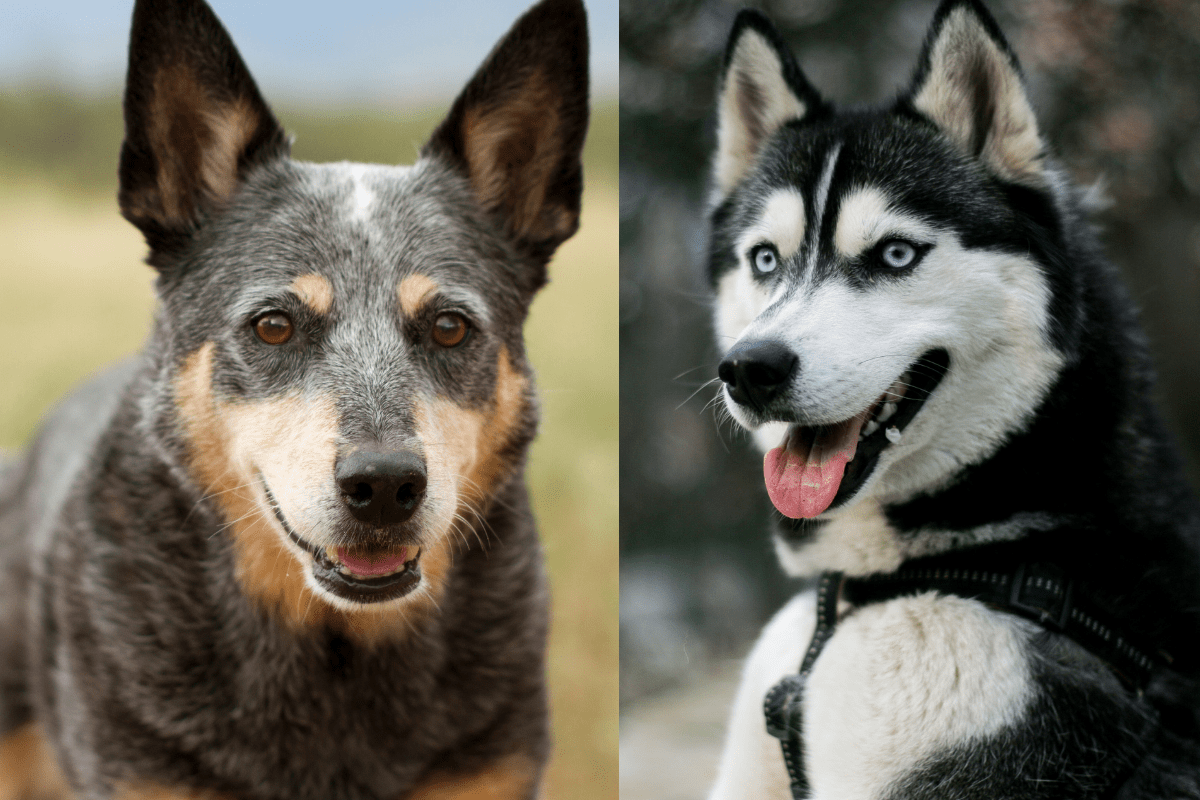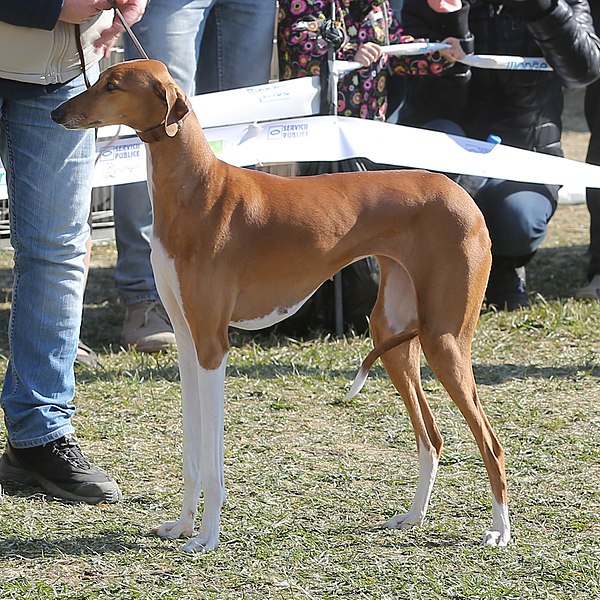Can Dog Eat Turkey Neck?
Can Dog Eat Turkey Neck? All You Need To Know About Dog And Turkey Neck

Turkey necks provide a dog’s diet with a variety of nutritional advantages. Just as some people ask if there dog can eat Chicken head, the same set of people have been asking if their dog can eat Turkey head. They include calcium, phosphorus, and other vital minerals and have a high protein content. Furthermore, glucosamine and chondroitin, which are both proven to enhance canine joint health and mobility, are abundant in turkey necks. Additionally nutritious and easily digested, turkey necks help maintain the oral and gum health of dogs.
Table of Contents
Turkey Necks’ Nutritional Advantages For Dogs
Turkey necks, whether raw or dehydrated, are safe for your dogs to consume and add a variety of nutrients to their diet, such as:
- superior grade of protein
- Chondroitin and glucosamine
- Phosphorus, calcium, and additional trace minerals
Joint and Mobility Benefits
Numerous studies have demonstrated the potent benefits of glucosamine and chondroitin supplements taken orally on joint health, arthritis, and subsequently on dogs’ and cats’ overall mobility. In fact, there’s a good chance your veterinarian will suggest glucosamine and chondroitin as a treatment for your pet’s arthritis.
If you would rather offer your dog glucosamine and chondroitin naturally instead of as pills, you might want to think about using turkey necks. Turkey neck cartilage and connective tissue contain “bio-available” forms of glucosamine and chondroitin. This indicates that it is already in its most readily assimilated and natural state. Turkey necks are therefore a natural treatment for canine arthritis.
Dental Advantages
In dogs, dental illness is the most prevalent ailment, impacting 76% of all dogs in the US. The prevalence of dental illness in dogs has increased by 23.3% since 2006 and has been steadily rising annually.·
It’s crucial to give pets dental care. Dental disease can cause damaged teeth, irritated gums, and foul breath if left untreated. It may even turn into a source of infection that affects your dog’s kidneys, liver, and heart.
Brushing our dogs’ teeth on a regular basis is one approach to maintain their dental health. Ideally, you should use dog-specific toothpaste for this every day.
Dogs can benefit from eating turkey necks as dental chews. Give your dog turkey necks instead of brushing their teeth if you don’t feel like doing it or if they won’t put up with it. The act of chewing will help to naturally remove tartar and plaque from their teeth.
Advantages for Mental and General Health
When a dog gets too busy about the home or becomes “busy,” dog trainers frequently suggest using Kong toys filled with peanut butter or cream cheese to keep them occupied. Turkey necks are an excellent substitute to keep your dog entertained when they’re busy. Your dog will enjoy chewing on them.
When a large turkey neck is being eaten, dogs will frequently place their front feet on the bone to secure it to the ground. This means that while they chew on a turkey neck, their neck, shoulders, back, and jaw muscles are also being used.
Last but not least, turkey necks are a simple way to give our dogs’ frequently boring diet some variation.
Do Dogs Really Need to Avoid Poultry Bones?
The most of us have heard the recommendation to never offer your dog poultry bones. This advice, although widely accepted, is not entirely accurate. It is true that a dog should never be given the bones of any roasted, boiling, fried, or turkey. When dogs gnaw on poultry bones, the high cooking temperatures cause them to become hard, glass-like structures that split into sharp, pointy pieces. Serious injuries may result from these splinters.
What Should I Take Into Account Before Giving My Dog Turkey Necks?
Large birds are turkeys. A male turkey’s neck can easily measure between 10 and 12 inches in length. Turkey necks are consequently advised for medium-to large-sized dogs. Instead of chews, consider chicken necks if your dog is little. They are smaller in size and just as nutrient-dense.
Feed bones under supervision at all times. In an ideal world, your dog would gnaw down the neck bones and only swallow the bits that they have chewed off (see the video above for an example of this). If your dog is a “gulper,” and has a tendency to swallow things whole, we suggest that you hold the neck in your hand and let them chew off small pieces.
Turkey necks can be given to canines of all ages, but when feeding to a senior dog, or one who has compromised tooth health, be especially diligent in making sure they can handle the bone well.
There is no specific formula how many turkey necks you can give to your dog. Depending on the size, we suggest giving them a half to one complete turkey neck two to three times per week as a chew.
Depending on the diet and activity level of your dog, you might want to consider reducing their meals on those days. Please always ensure that your canine has access to plenty of fresh water. This is especially important when giving them freeze-dried or dehydrated turkey necks.
If your dog is not used to a raw diet or dehydrated bones, we suggest that you start slow. Giving small amounts of turkey neck twice per week will allow them to adjust to the new, healthy addition to their diet.
Key Facts About Dogs And The Turkey Necks
- Turkey necks are a type of chew that can offer many nutritional benefits to a dog’s diet, such as protein, calcium, phosphorus, glucosamine, and chondroitin.
- Turkey necks can also support the joint health and mobility of dogs, as well as their dental health and gum health, by providing mental stimulation and scraping off plaque and tartar.
- Turkey necks should be given raw or dehydrated, not cooked, as cooked bones can splinter and cause injuries to the dog’s mouth, throat, and gut.
- Turkey necks should be given in moderation, as they are high in fat and calories, and can cause obesity, diabetes, or pancreatitis if overfed.
- Turkey necks should be sourced from free-range farms with high animal welfare standards, as indicated by accreditations from organizations like the RSPCA, Red Tractor, or the Soil Association.
- Turkey necks should be supervised while the dog is eating them, and any leftovers should be discarded or refrigerated for later use.




